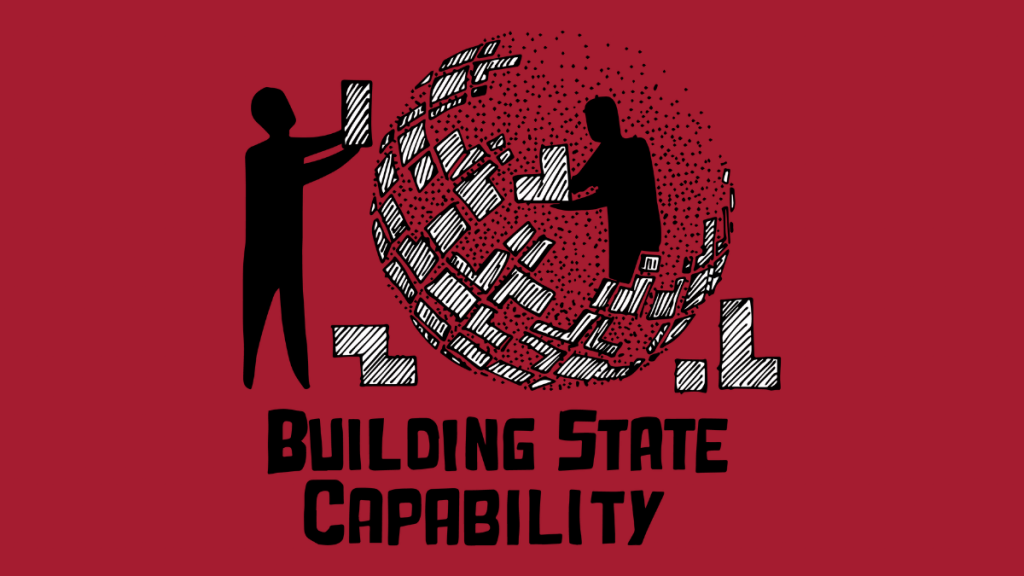Most problems in the public sector are wicked hard and need to be deconstructed before they can be solved. In this video, Matt Andrews, builds upon the maternal mortality example and the ishikawa diagram to illustrate how you can sequence a reform in a contextually sensitive way, by involving the stakeholders to create a strategy…Continue Reading BSC video 28: Problem-driven sequencing
BSC video 28: Problem-driven sequencing
